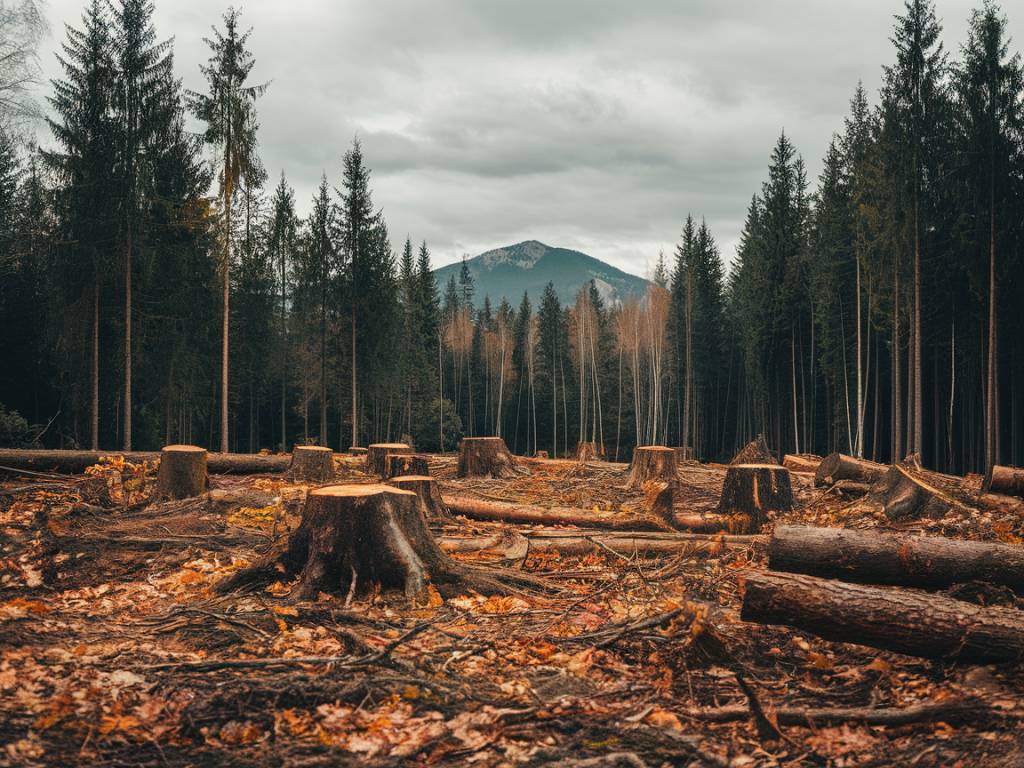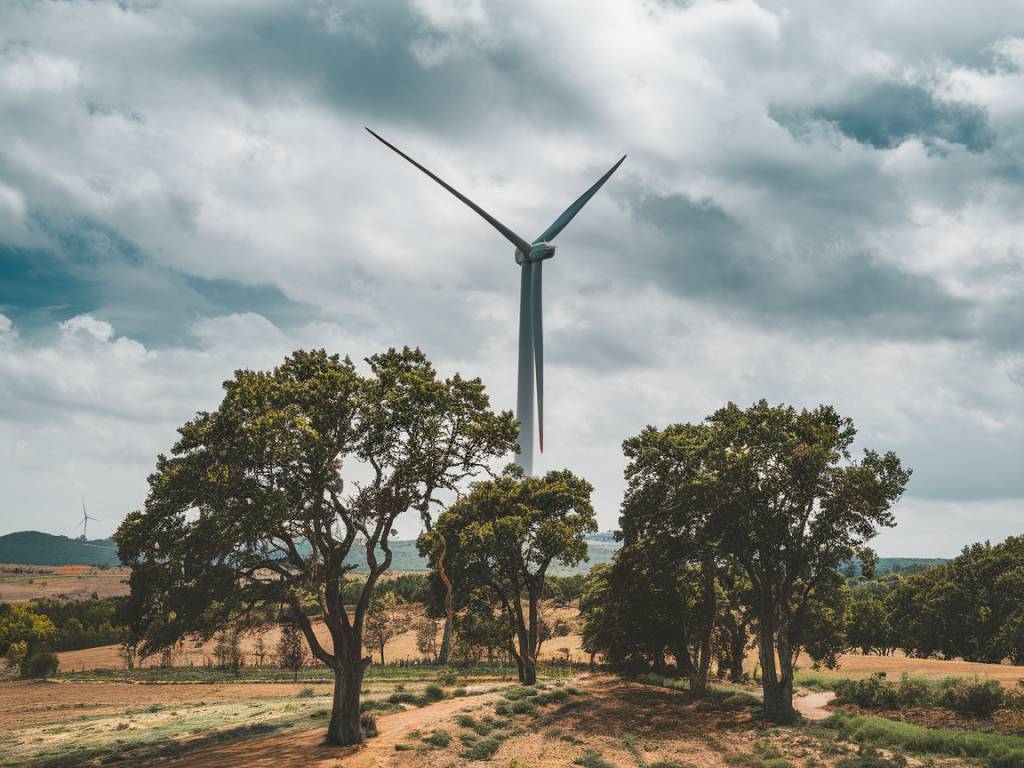The Silent Threat: How Deforestation Impacts Global Ecosystems
From the resilient Amazon rainforest to the dense woodlands of Indonesia, forests form the green lungs of our planet. These ecosystems do far more than just produce oxygen; they are complex habitats that sustain life, regulate climate, and provide essential resources. Yet, these forests are under siege. Daily, vast expanses fall prey to logging, agriculture, and urban sprawl. But what exactly is the impact of deforestation on global ecosystems?
The Role of Forests in Earth’s Dynamics
It’s a question many of us might ponder: why do forests matter so much? Let’s consider the multifaceted role they play. Forests act as carbon sinks, absorbing vast amounts of CO2 and mitigating climate change. They are home to an astonishing 80% of the Earth’s terrestrial biodiversity. Imagine walking through a rainforest—each step brings new sounds, sights, and life forms, showcasing nature’s incredible diversity.
Moreover, forests help control rainfall patterns and maintain soil health. Their roots bind soil, preventing erosion, and their canopy mitigates temperature extremes. In essence, forests create a delicate balance that supports both terrestrial and aquatic lifeforms, contributing to the overall health of the planet’s ecosystems.
Case Studies: The Ripple Effects of Deforestation
The Amazon Rainforest, often referred to as the « lungs of the Earth, » provides a stark example of deforestation’s impacts. Satellite images over the decades reveal a haunting transformation from lush greenery to barren landscapes. This forest, covering 5.5 million square kilometers, is vital for carbon storage and oxygen production. However, its destruction leads to decreased rainfall in the region and affects agriculture far beyond its borders.
In Southeast Asia, deforestation driven by palm oil production has wreaked havoc on native wildlife. Species like the orangutan and the Sumatran tiger have seen their habitats dwindle at alarming rates. These animals are not just icons of their ecosystems; their decline indicates a deterioration of biodiversity and ecosystem health. Such impacts remind us that deforestation is not an isolated issue but a global crisis affecting countless interconnected systems.
Implications for Climate and Weather Patterns
Have you ever noticed the increasing erratic weather patterns around the world? We can partially blame deforestation. Trees play an integral role in the water cycle by absorbing and releasing water. When trees are removed, this cycle is disrupted, leading to changes in precipitation patterns. Deforestation has been linked to more extended dry seasons and severe flooding, causing repercussions for agriculture, drinking water reservoirs, and natural habitats.
Moreover, the carbon stored in trees is released back into the atmosphere when they are cut down, contributing to greenhouse gas emissions. This vicious cycle not only enhances global warming but also alters climatic conditions further, creating a feedback loop that exacerbates environmental challenges.
The Human Element: Socioeconomic Impacts
It’s easy to think of deforestation purely in ecological terms, but it also has profound socioeconomic impacts. Indigenous communities, who have lived symbiotically with forests for centuries, find their livelihoods threatened. As forests vanish, so do their ways of life and cultural heritage, leaving many displaced and without resources.
Economically, while logging and agriculture provide short-term profits, the long-term consequences can be dire. Loss of biodiversity leads to fewer resources such as medicinal plants and decreases resilience against pests and diseases. As ecosystems become less stable, societies that rely on them are increasingly vulnerable.
Ways to Combat Deforestation
The question is, are there effective solutions to halt or even reverse deforestation? Thankfully, there are multiple strategies being implemented worldwide. Here are a few examples:
- Reforestation Projects: Initiatives are underway globally to plant trees and restore deforested areas. Such projects not only replenish lost biomass but also restore habitats for wildlife.
- Sustainable Agriculture: Promoting agricultural techniques that do not require forest clearing presents a sustainable alternative, helping protect existing ecosystems.
- Conservation Policies: Many nations are implementing stricter regulations and protecting larger forest areas through national parks and conservation zones.
- Consumer Awareness: By making conscious choices, such as selecting sustainably-sourced products, consumers can drive demand for more ethically-produced goods.
In the end, the task of protecting our planet’s forests is a shared responsibility. Combining scientific knowledge with a deep respect for nature can lead us towards meaningful change. While the challenges are daunting, they also present opportunities for innovation and collaboration. Together, we can ensure that our global ecosystems continue to thrive and support life for generations to come.




